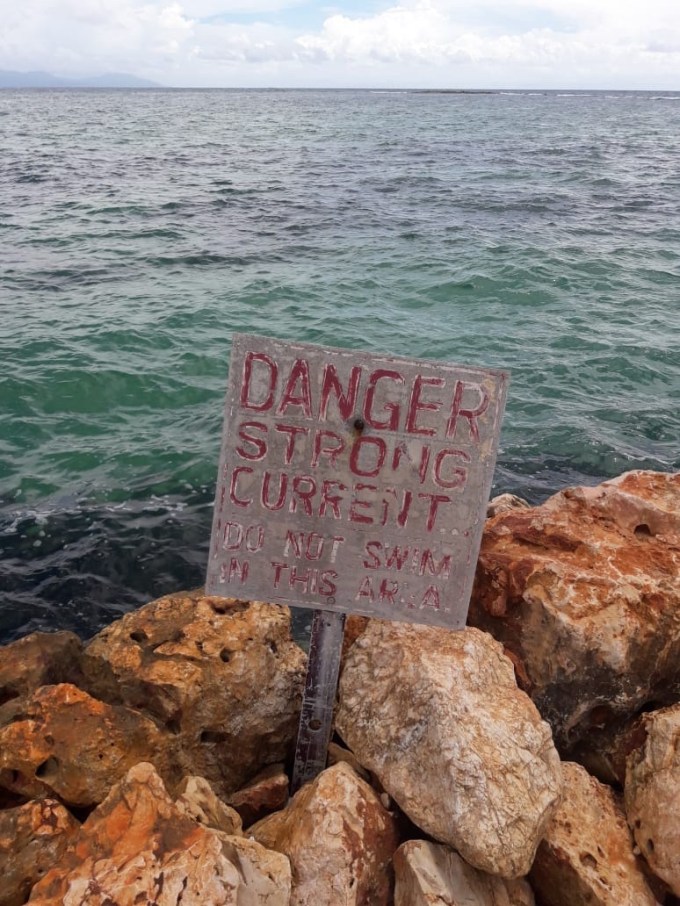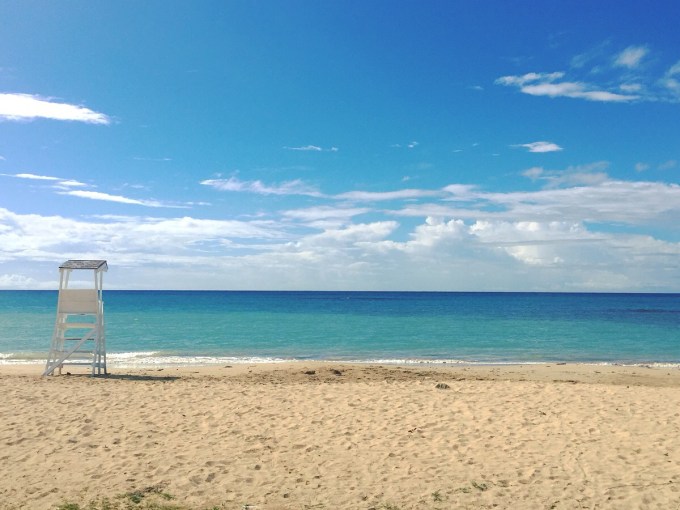
Tourism is a powerful tool for economic growth and development the world over. The World Travel and Tourism Council (WTTC) reports extraordinary tourist numbers year after year; monumental earnings; and never-before-seen levels of growth. The economic impact is evidenced both directly and indirectly, and has made the tourism sector the most resilient, the biggest contributor to GDP, and growing still. This is the case in numerous countries around the world, particularly small island developing states (SIDS).
Many SIDS are also heavily dependent on tourism for its contribution to GDP; so much so that shocks to the sector could cripple island nations. These shocks may come from natural disasters, or man-made issues such as a financial crises or security concerns. As stated earlier, the tourism sector is resilient, or relatively so, particularly to man-made shocks. However, to natural disasters, it has less clout. Resilience wanes even further for SIDS that depend on tourism for the bulk of their earnings; these include Jamaica, Antigua, British Virgin Islands and the Bahamas.

Issues of Resilience
So, resilience is obviously one of the issues plaguing tourism planners today that demands a planned response as to how to make tourism more so, and leaders are being proactive in their conversations and actions. Jamaica recently unveiled the Global Centre for Tourism Resilience and Crisis Management to anticipate and respond to a variety of threats to the sector, whether natural disasters, climate change, cyber threats, terrorism or public health crises. It also aims to find ways of mitigating the impacts of such issues (Ministry of Tourism, 2018). This centre will launch officially in January 2019.
That tourism plays an important role in economic growth and development there is no doubt. That it exemplifies relative resilience globally, and in particular, countries like Jamaica, is undeniable. That it also boosts investment, provides employment, and links other sectors in the economic value chain, there is certainly no question. The question is, however, how do the benefits of tourism spread to the far reaches of the society? This is another issue facing the tourism sector globally; its exclusivity. Tourism largely benefits certain large players while excluding smaller players.
Inclusive Tourism Development
Tourism planners continue to be responsive to the issues plaguing the sector, which is why ‘inclusive tourism development’ is now a widely used catchphrase. But it’s more than just a catchphrase; inclusive tourism development is integral to the sustainability of tourism. This brings us to another catchphrase: ‘sustainable tourism’. Both these phrases have their own implications, yet they are intricately intertwined in what they promote. Inclusive tourism development advocates for a tourism that accrues its benefits to ALL, while sustainable tourism promotes the development of tourism with minimal or no adverse socio-economic, cultural or environmental effects, both now and in the future.

What form of tourism could provide both the benefits of inclusion and sustainability? The dominant form, which is the 3S’s (sun, sand and sea), dominates because we still have that idea of a getaway to an island paradise on vacation as the ultimate dream. And that’s fine; in fact, this dream will not go away anytime soon. However, this type of tourism benefits a few large players more than others (airlines, hotels and tour companies). It does offer direct, indirect and induced benefits in the form of employment to hotel workers, tour guides, chefs, and farmers and other service providers who are linked in from the agricultural, manufacturing and service sectors. This form is also more beneficial to urban environments, where many workers migrate to in order to access benefits, to the exclusion of rural environments.
Community Tourism
If the dominant form of tourism often excludes rural environments (and not for their lack of attractions and scenic beauty), then the inclusive form would encompass both urban and rural environments, each for the assets unique to them. Inclusive tourism would also encompass all strata of both urban and rural environments, as each would have a unique feature to showcase to those wanting to ‘experience’ it. Enter community tourism.
“Community tourism is… sharing the culture of the Accompong Maroons with tourists who are interested in the rich history and cultural heritage that the community has to offer.”

Community tourism is a holistic model that seeks to showcase the community, with community members playing an active role in the processes involved and the benefits derived. Community tourism is all the inputs, activities and participants of the Calabash festival in Calabash Bay, St. Elizabeth in rural Jamaica. It is also all the experiences and players of a tour or home-stay in Trench Town, an inner-city community in Kingston, Jamaica; from the tour guide, the the food vendors, to the family offering a homestay to tourists. It is sharing the culture of the Accompong Maroons with tourists who are interested in the rich history and cultural heritage that the community has to offer.
Sustainability
This form of tourism not only provides inclusion in the benefits of tourism, but also a sense of ownership by members of the community. With ownership comes responsibility; this means that community members have to take care of their tourism product and ensure its sustainability. This means that they ensure the safety of their community, they mitigate against environmental degradation, and they treat their guests with respect.
The merits of community tourism as a sustainable development tool are understood by tourism planners and leaders, which is why it is being promoted and developed in many countries. It’s a win-win for all involved; smaller and more players are included in the socio-economic benefits of tourism, livelihoods are created, communities get to own its development and outcomes, and the macroeconomy benefits. With the right guidelines, the community is also sensitised as to the value of their unique product and the importance of protecting it for the future benefit of all.
This is one strategy for making tourism a more inclusive tool for economic growth and development, for making it more resilient to shocks, and for ensuring its sustainability.
—
Written by L.M. McBean









Very informative and insightful article, Larisa. Tourism truly has made leaps and bounds in Jamaica; so much so that our very own Ed Bartlet was named the Caribbean Tourism Minister of the Year. However, as you highlighted, community tourism is another avenue that needs to be further explored. Afterall, we have such rich culture and heritage that we could package and use to promote our brand. I also agree that we would all benefit immensely – directly and indirectly.
My commendations to you for a well written piece as usual.
LikeLike